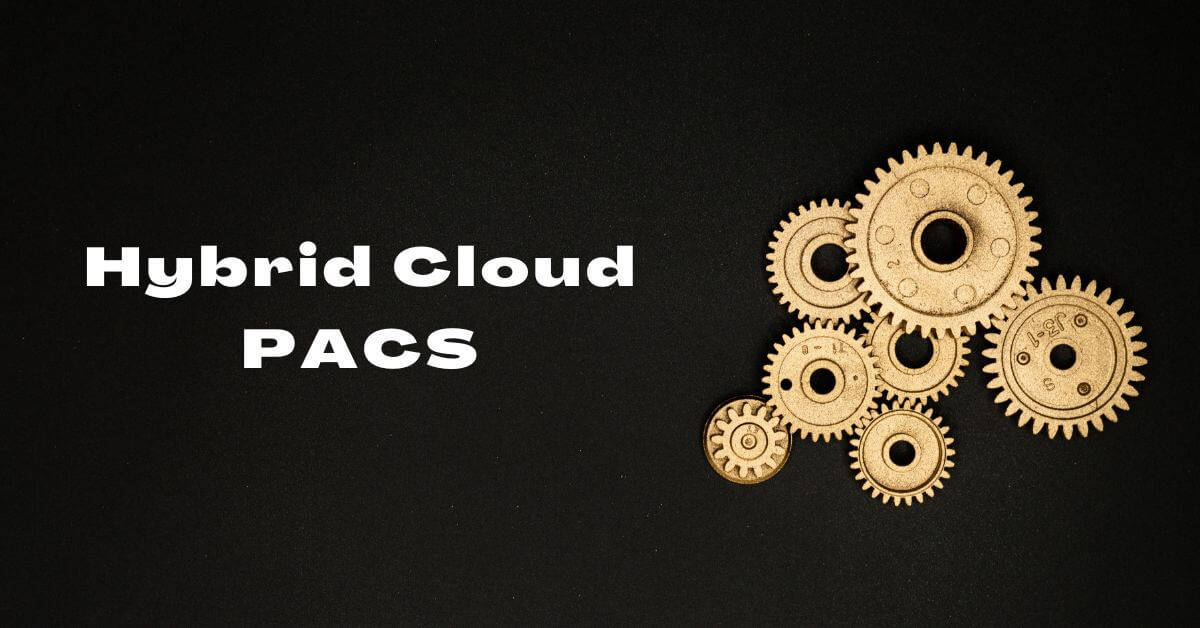The Hybrid Cloud PACS eliminates the costs associated with disaster recovery and backup systems. Additionally, maintenance costs are minimal because the vendor takes care of the IT infrastructure.
Here are the Benefits Hybrid Cloud PACS
Affordable
A hybrid cloud PACS allows you to use the benefits of both on-premise and cloud PACS. Traditional PACS systems cost anywhere from $5000 to a hundred thousand dollars, depending on the size of your practice. With a cloud-based PACS, you’ll save a lot of money by eliminating the need to buy servers and storage hardware. You also get the benefits of a virtual infrastructure, as well as on-demand image availability. In addition, personal devices can be used as on-the-go workstations.
Cloud-based PACS services are browser-based, which allows you to access images from anywhere in the world and share them with others. However, this type of system requires a high-speed internet connection. Fortunately, most cloud PACS vendors offer a free trial period for the services they sell, so you can get started without a huge investment. Then, if you like the service, you can opt for a paid subscription.
Scalable
If you are looking for the best of both worlds when it comes to picture archiving and communication systems (PACS), then you may want to consider a hybrid cloud solution. These types of solutions are designed to help health care organizations increase their efficiency, and can offer many advantages over on-premise solutions. These benefits include scalability, security, and faster image retrieval.
A hybrid cloud model uses both public and private cloud platforms to provide the best of both worlds. In this model, 75% of data is stored in a private cloud, while the rest is sent to the public cloud for “surge” support. This model allows for high-speed access to medical images and integrates diagnostic viewing, which is an essential benefit for radiologists.
Secure
Secure hybrid cloud PACS combines the benefits of cloud and on-premise PACS. This solution allows hospitals to use cloud-based imaging while maintaining local infrastructure. Cloud-based PACS is browser-based, which makes it easy to share images from anywhere. However, a secure hybrid cloud implementation requires a fast internet connection. Before you sign up for a hybrid cloud PACS, ask your vendor to perform a speed test on your network. This will help you decide if this is the right solution for your organization.
Historically, healthcare providers have installed picture archiving and communication systems on their own premises, incurring significant infrastructure costs. Using public cloud services for PACS implementations could alleviate these costs and provide increased flexibility. Moving PACS to the cloud requires an encryption and authentication policy. To address this issue, this paper examined how to implement Transport Layer Security for communication between cloud-based PACS servers and clients.
Integrated display workstation
An integrated display workstation in a hybrid cloud PACS system is a powerful computer specifically designed for viewing medical images. It features a high-resolution DICOM monitor that displays images and is linked to the PACS server for interpreting them. This workstation is also capable of storing and retrieving images.
It can support multiple DICOM formats and is free from license fees. Its DICOM viewer is a standalone application and is available from Microsoft Store. The system works with any DICOM modality and with most DICOM viewing workstations. Whether you choose a hybrid cloud PACS or an on-premises version, you’ll be able to take advantage of its flexible functionality and affordability.
Compliance
When choosing a PACS vendor, compliance should be your top priority. The health care industry has numerous compliance regulations, and it’s important to find one that will meet these standards and your needs. However, this can be a daunting task. Fortunately, this guide will help you navigate the process with ease.
There are four major areas to focus on in order to comply with HIPAA and DICOM security requirements. These include privacy, security in transit, and authenticity. Table 1 outlines the security controls that must be in place in order to comply with each of these standards. Tables 2 and 3 demonstrate how these regulations apply to PACS-INR.
Data security is an ongoing process for organizations. The goals of proper information security management include establishing programs, policies, and controls that protect the security of patient information. Patient information, such as medical images, can have a wide range of implications, including legal, economic, and physical effects on the patient’s health. Encryption and data encapsulation are important steps in ensuring the confidentiality of medical information.
More articles,
Powerful Is Software Penetration Testing
